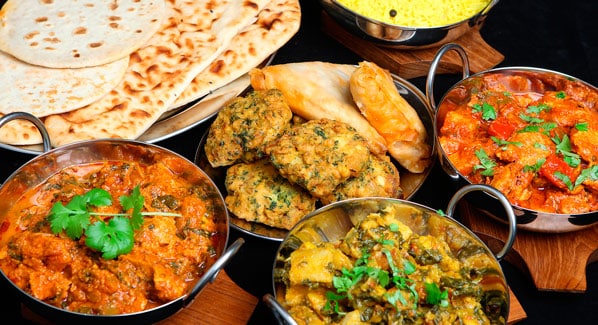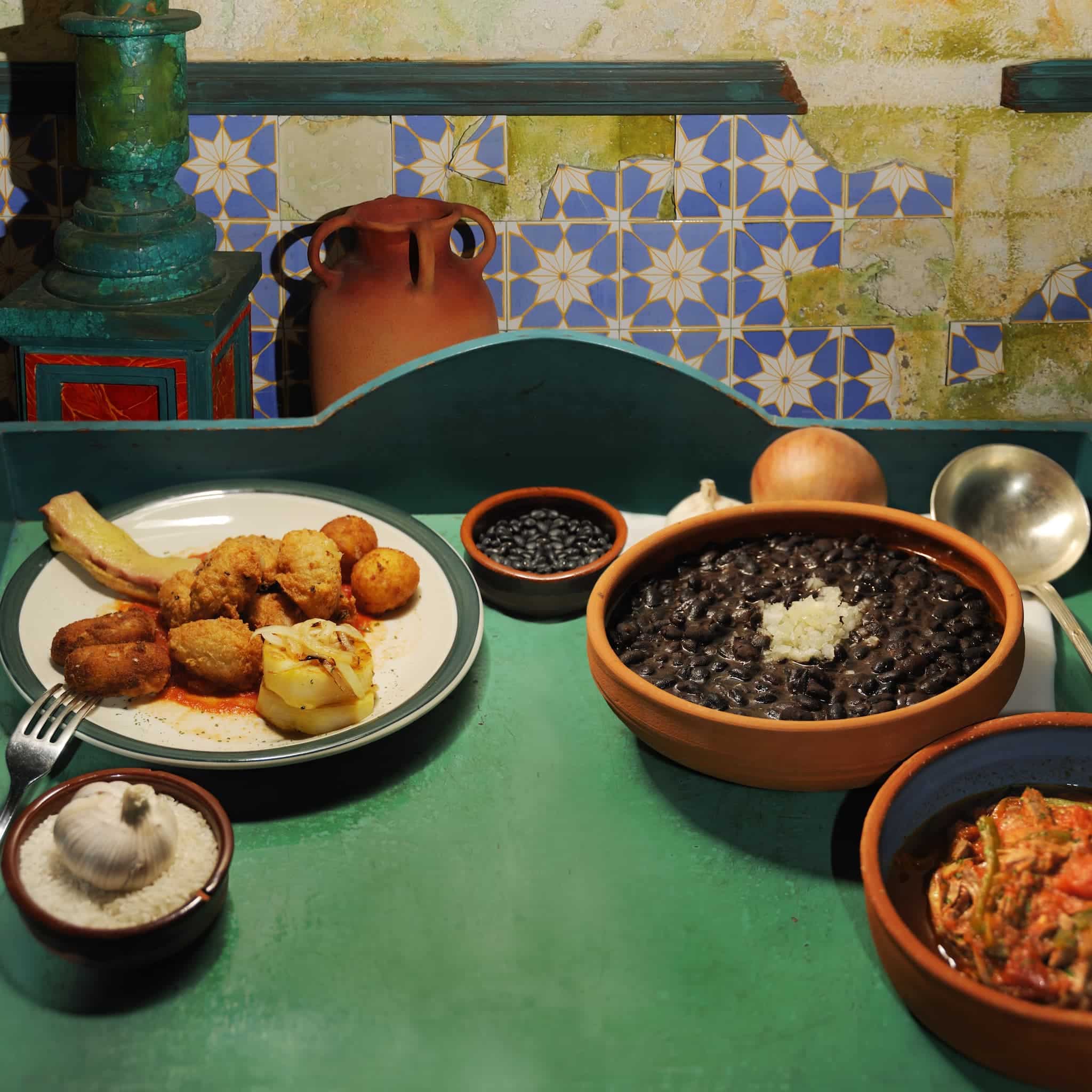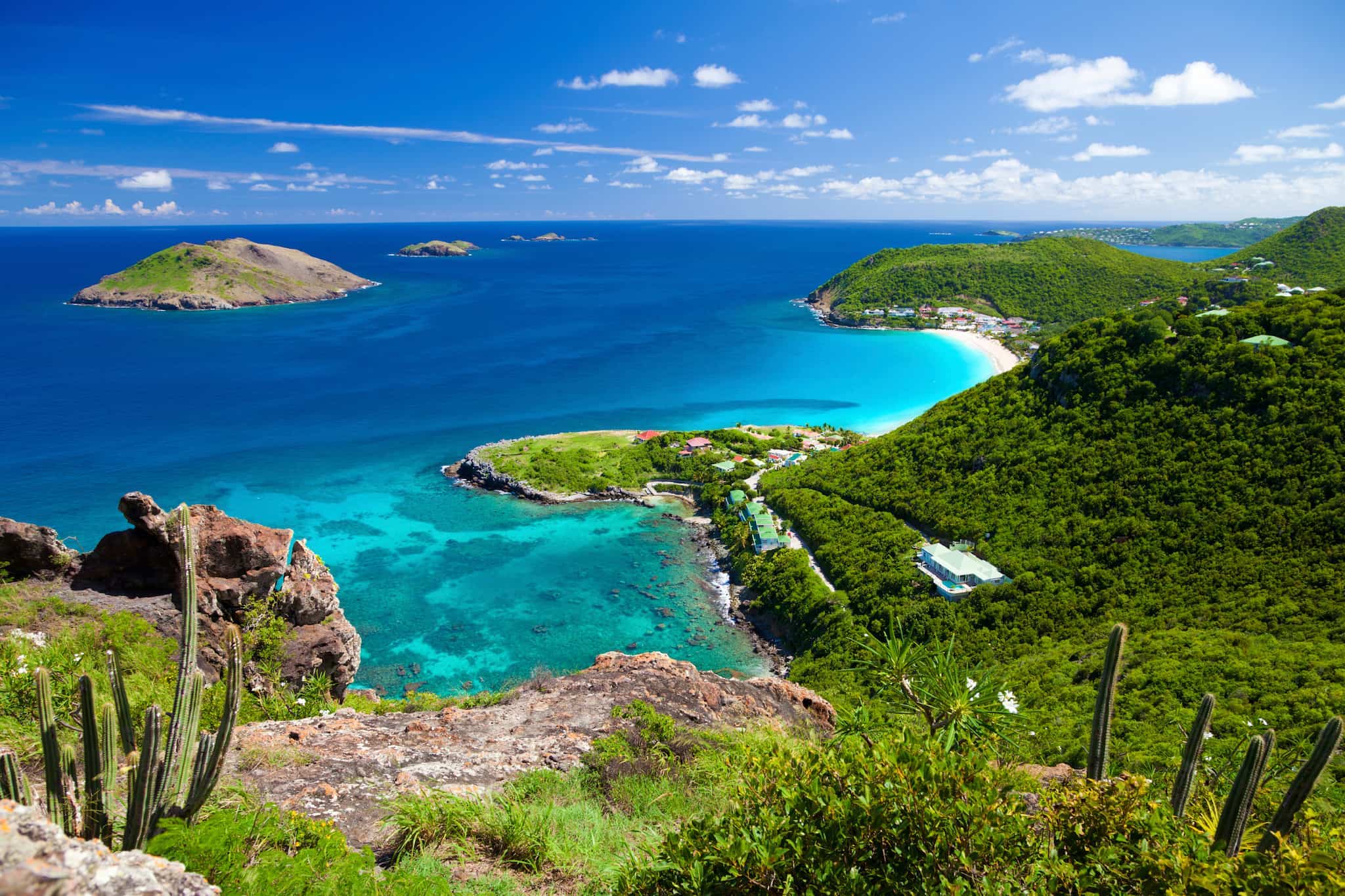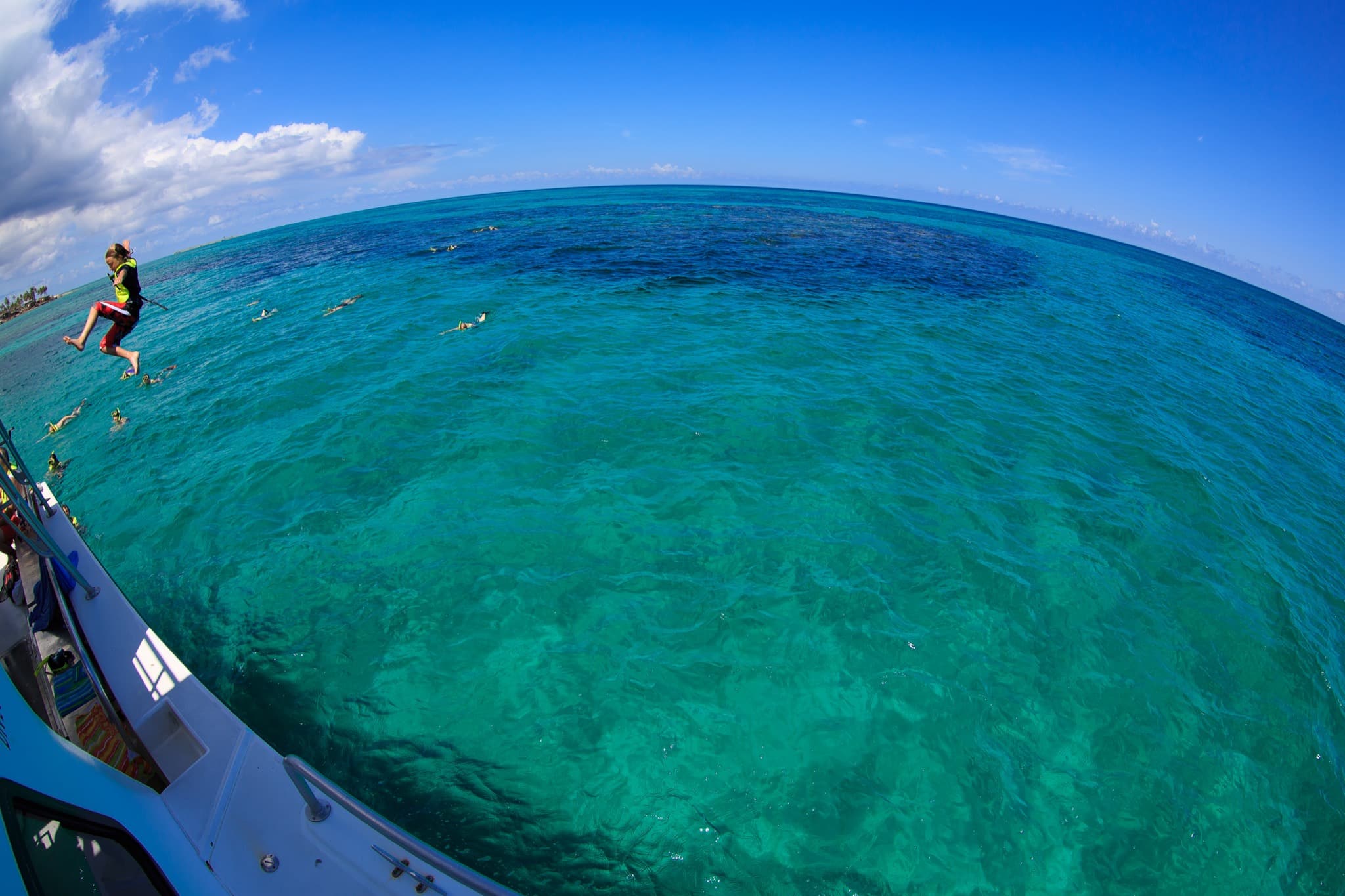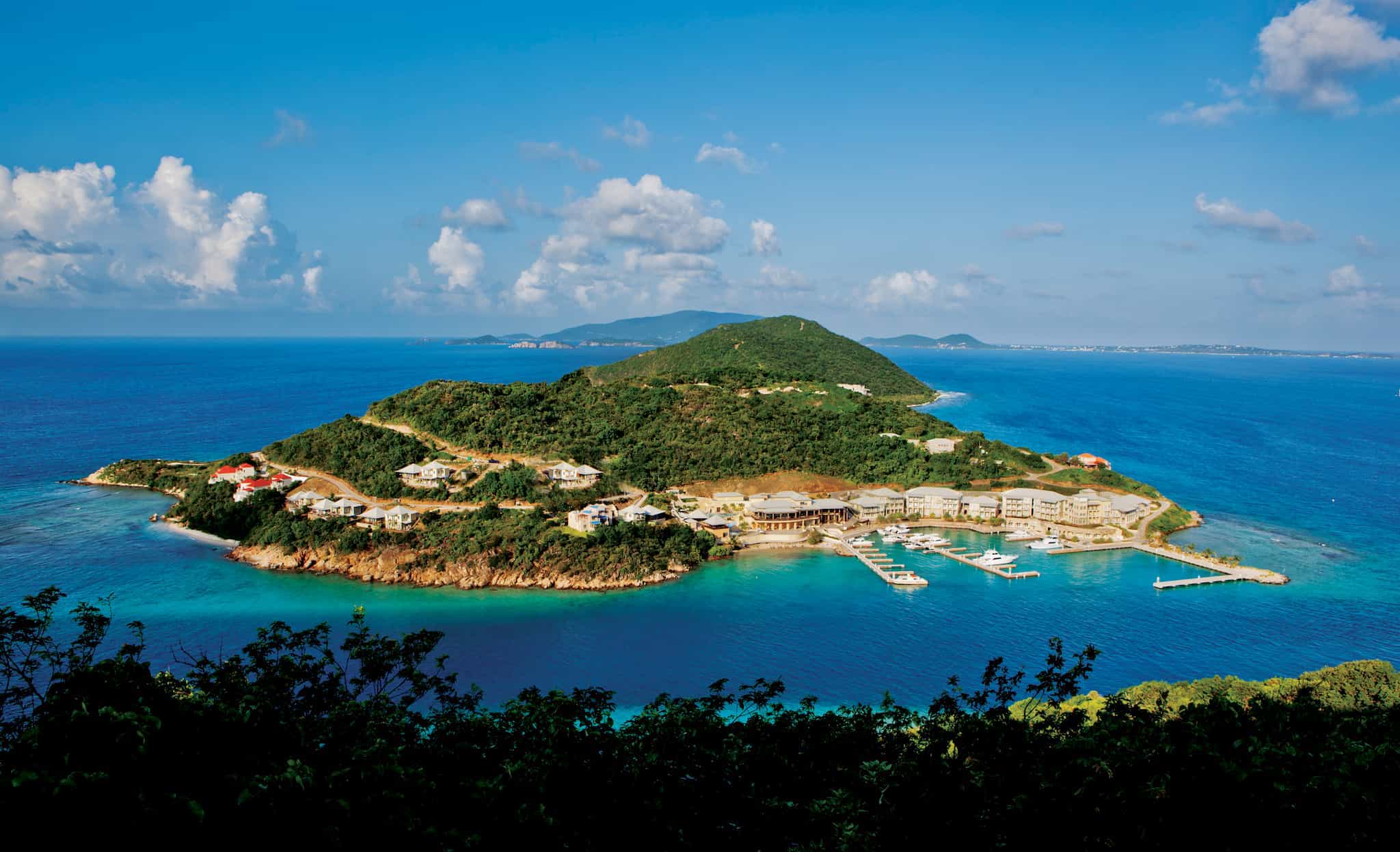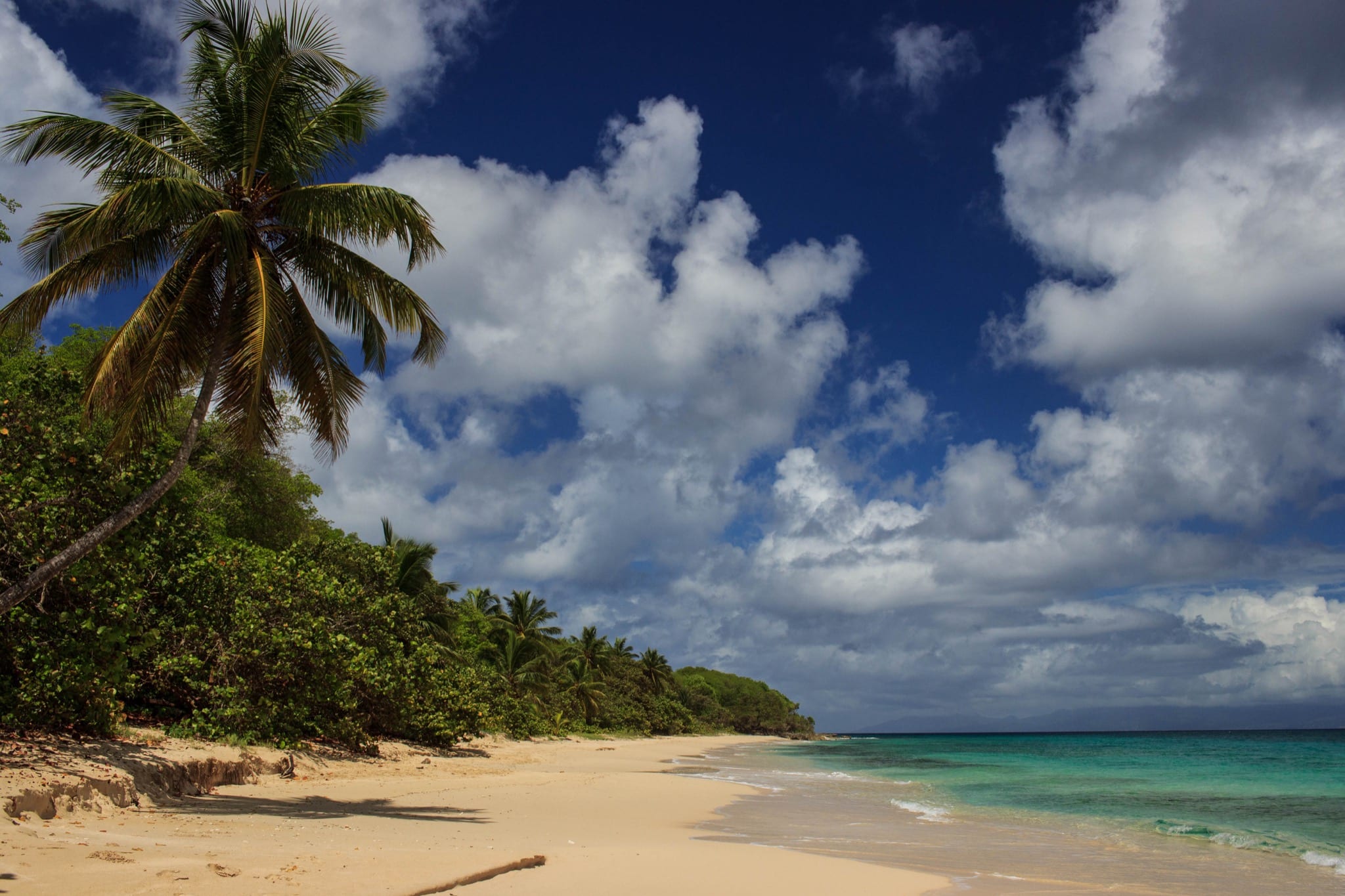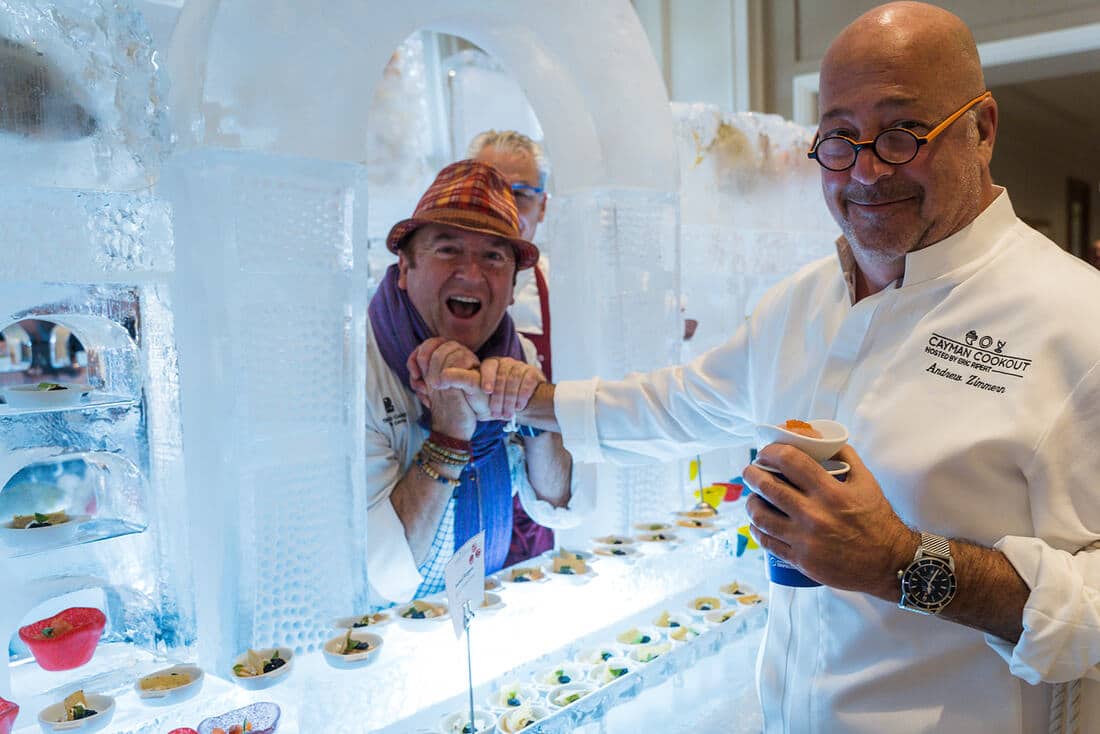There are more opportunities for fine dining in the Caribbean than ever before. But sometimes, what’s wanted is a taste of the real thing: homegrown island cooking, rich in tradition, local ingredients and love. Whether dispensed from a street vendor’s cart, passed through the window of a colorful cottage or served up at a small beachside restaurant where the owner is also the cook, these are the tastes of the islands that can’t be duplicated. And on some select islands, the collision of European, African and Cariban flavors has produced some especially innovative and unexpectedly delicious results.
Jamaica
Some would argue that this is the king of Caribbean cuisines. The melding of Amerindian cooking techniques—barbacoa—with influences from Spain, England, West Africa, India and China gives Jamaican cuisine a distinctive flavor that’s traveled well. Carried by members of the Jamaican diaspora to distant shores, you can find good Jamaican restaurants all over the Eastern United States, in the U.K. and throughout the Caribbean. Jerk comes to mind instantly, of course, washed down with a cold Red Stripe. But there’s also Stamp and Go (cod fritters), coconut bread, festival (corn bread) and, of course, that delicious combination of flaky pastry crust and spicy meat filling known as patties. For jerk that’s hot off the grill, the vendors on Boston Beach are popularly called “the best,” though good jerk is available everywhere. For patties, Stamp and Go and others, street vendors in Kingston are the original source, but carts have made their way to north shore settlements as well.
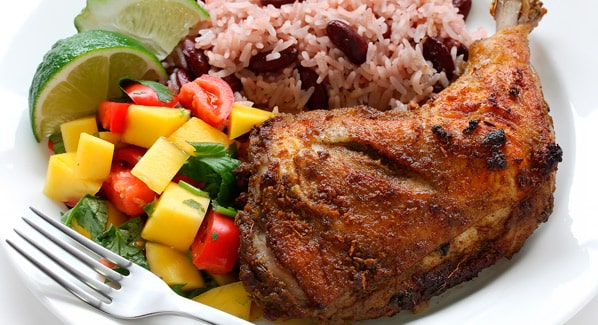
Cuba
With its feet firmly planted in traditional Spanish cooking, Cuba’s cuisine is a kind of “mother tongue” for the Hispanic islands, rich in roasted and spicy slow-cooked meats, accompanied by a variety of staple starches, tempting pastries and fresh fruits. If your only exposure to Cuban has been in the form of a flat- pressed sandwich (which was actually invented in Tampa, Florida) just reading a menu should set your taste buds quivering: boliche (eye round steak stuffed with chorizo sausage), empanadas, croquetas, lechón asado (roast pork) and of course, black beans and rice. Havana’s cuisine has more hints of Creole, while the cooking in the east end of the island is more European. In Havana, 304 O’Reilly and La Guarida, which has a spectacular setting, are best bets. Take to the streets and you will discover a new world of tastes, that includes chicharritas de platano (paper-thin slices of fried plantain) frituras de malanga (deep-fried grated root vegetable mixed with egg and crushed garlic) and the ever- popular tostones, which when done right the plantain slices remain crispy on the outside while delivering a satisfyingly gooey center.
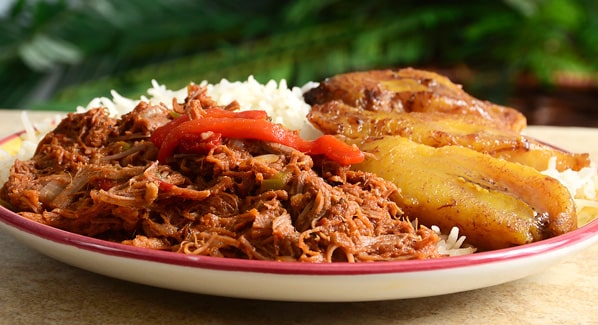
Trinidad
While the majority of the population in Trinidad is of African decent, there is a large ethnic group that descended from the indentured servants who came to the island from India. They brought with them spices and traditional preparation methods for curries, chutneys, roti, as well as words like aloo (Hindi “alu,” potato) pie and geera (Hindu “jira,” cumin) chicken. Creole influences have added savory stews and callaloo to the mix. On Trinidad one can find some of the most authentic Indian and Chinese cooking this side of the international dateline. But what’s most celebrated is the island’s street food: shark and bake (shark meat in a freshly baked bread), pow (roll stuffed with meat), and doubles (two pieces of fresh bread with chickpea filling). You don’t have to go far to find savory offerings of every variety. Plan a day at Maracas Bay near Port of Spain and take your pick of beachside vendors.
